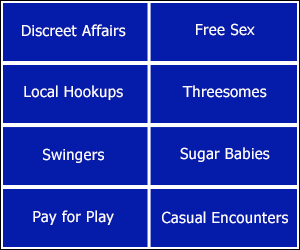I took club cumulative ratings off because they didn't mean much.
I would like to replace it with a rating that takes a lot of items into account like : how many reviews, how many reviewers, the review scores, photos, discussions etc.
Any math whizzes out there are welcome to chime in


well without allowing us to see how many reviews were posted by a particular member or how many trusts a person has it's really hard to gauge the quality of the posted reviews, I'd give some props to guys that have a bunch of approved reviews and without those things being visible how do you expect us to formulate a response to your question ?